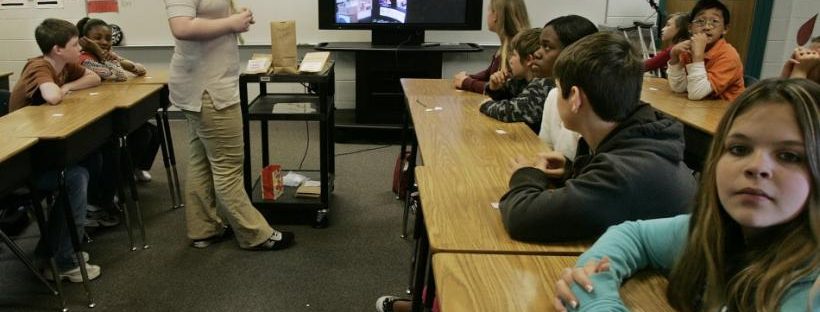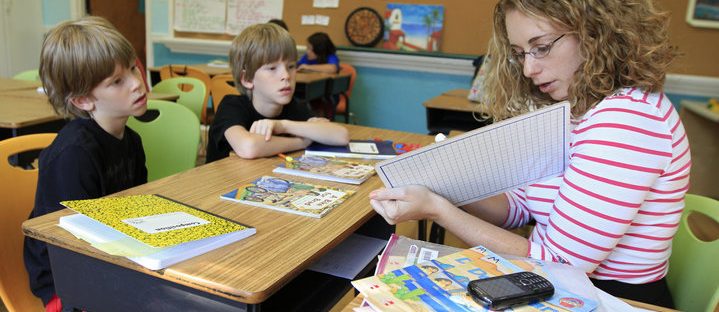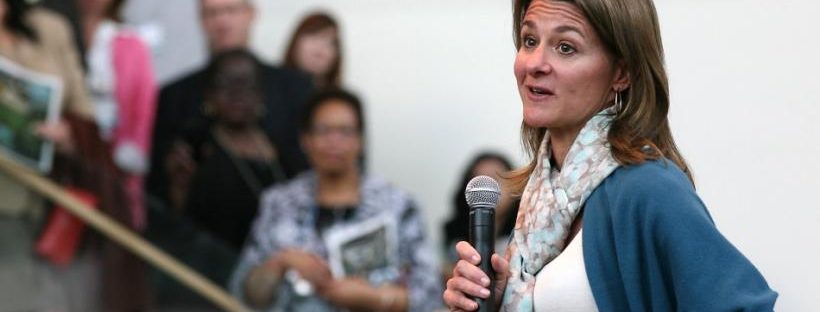We at DollarDays noticed this year on our Facebook page that every time we posted a picture of a dog or cat, it was shared five times more than any other picture we posted. In this modern world of us all moving in so many different directions at such a high speed, why do people … Continue reading Who’s Your Best Friend?
Kids Without Sports
Now that school is back in session, it is difficult for all of us who grew up with ample access to sports and the arts to see how our school systems have evolved and have practically eliminated the character-building program of sports participation. According to Yahoo!, in a study of 35,000 student athletes in Los … Continue reading Kids Without Sports
No School Left Behind
Now that we are entering another school year, it is hard to believe that our modern school system is less than 100 years old. According to Wikipedia, in 1900, out of 45 states, 34 had compulsory schooling laws for elementary education, of which only four were in the South. As a result, in 1910, 72% … Continue reading No School Left Behind
Step up to Our Teachable Moments
We are all teachers, whether we want to be or not. You are a teacher when you help your child take their first step. You are a teacher as a grandparent when you teach the grand kids how to make cookies. You are a teacher at work when you take a younger co-worker under your … Continue reading Step up to Our Teachable Moments
Giving is Down, but Caring is Up
[In 2011], the people of the United States were ranked as the most generous in the world in terms of giving time and money to nonprofits, up from fifth place in 2010, according to The L.A. Times. [Approximately] 65% of Americans said they donated money to charity, 43% volunteered their time, and 73% helped a … Continue reading Giving is Down, but Caring is Up
“I Do”…or Maybe “I Do Not”
According to Fox News, the percent[age] of married households in the [United States] fell to 48.4% in 2010, down from 55.2% in 1990 and 78% in 1960. This is the lowest in recorded history for our country. In 1960, according to The L.A. Times, almost 50% of [...] 18- to 24-year-olds and 82% of 25- … Continue reading “I Do”…or Maybe “I Do Not”
Have We Added Another Lost Generation?
“Generation Z” are our kids that have been born since the late 1990s. This generation has grown up with the [web] and is highly connected because of the Internet. Instant messaging, text messaging, smartphones, tablet computers and social networking are part of their fiber. They have 24-hour access to the Internet with their mobile phones … Continue reading Have We Added Another Lost Generation?
Even Billionaires Give
Forbes just came out with their latest list of billionaires. The media, during our recession and tax crisis, has been concentrating on the top 1%, which are Americans earning at least $343,000 in adjusted gross income, as reported on their tax returns. This latest list of billionaires is way out of even the 1%’s league. … Continue reading Even Billionaires Give
Is It Time to Be an Entrepreneur?
Open Forum reports that there is an 11% increase in the number of small businesses closing and a 17% decline in the number of small businesses opening. Get Busy Median reports 69% of small businesses survive at least two years, 44% of new firms survive four years, and 31% survive at least seven years. The … Continue reading Is It Time to Be an Entrepreneur?
No Nonprofit Should Be Left Behind
Now that the holiday season is over and retailers in general are reporting slightly higher sales than last year, the business community is letting out a shared sigh of relief, because it could have easily gone the other way, continuing the recession we have all been dealing with over the last three years—[a]nd, as USA … Continue reading No Nonprofit Should Be Left Behind







